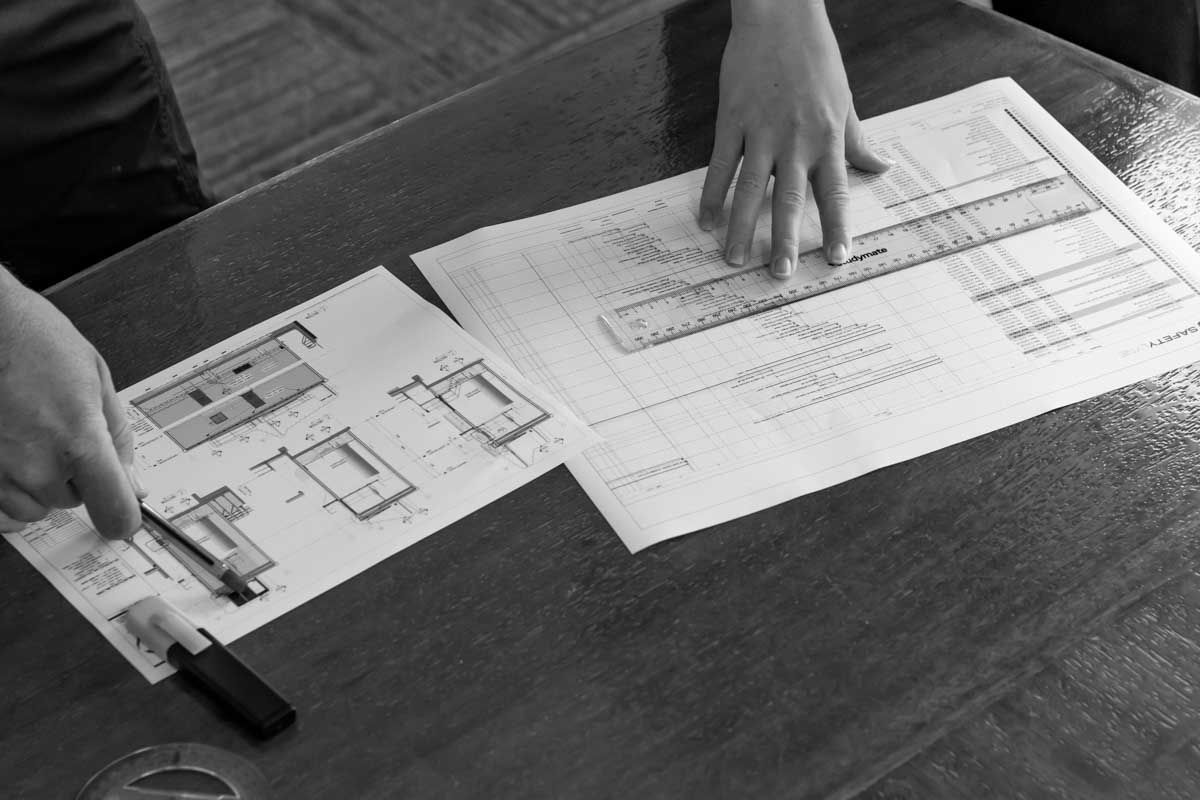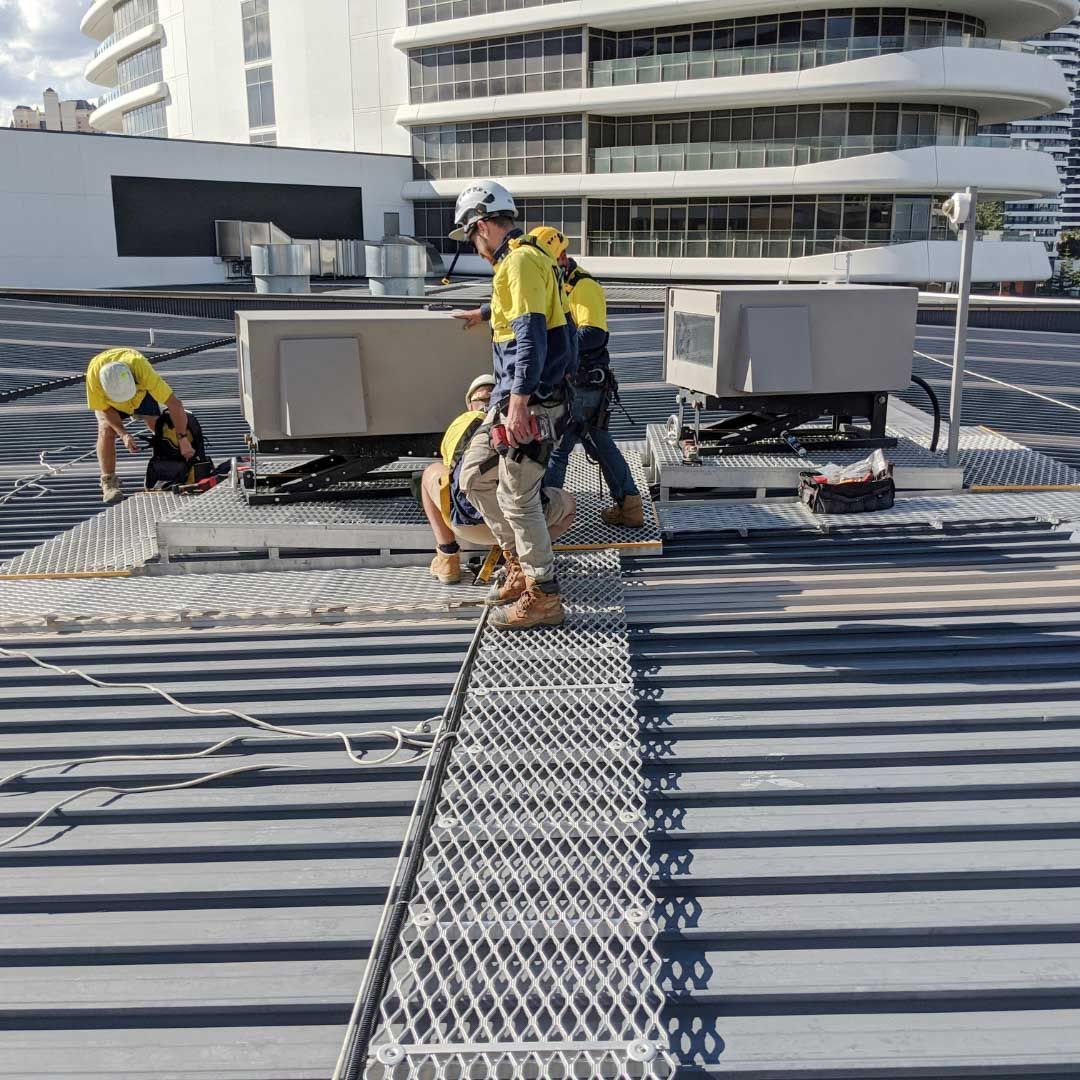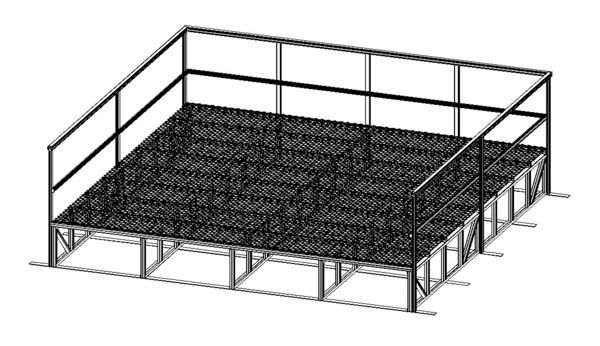The Real-World
Hierarchy of Control for Working at Height
What the Hierarchy of Control Looks Like On-Site (Not Just on Paper)
This isn’t just another safety theory.
This is your guide to turning risk control principles into practical height safety actions that actually protect people.
If you’ve ever worked at height, or managed someone who does, you know it’s not the kind of risk you can ignore. But with so many safety frameworks, gear options, and regulations, it’s easy to get overwhelmed or focus on the wrong things.
The Hierarchy of Control exists for one reason: to help you make smarter decisions about how to reduce risk, in the most effective way possible.
Let’s unpack what that looks like when boots are on the ground - or more accurately, when they’re not.

1. Eliminate the Risk (Yes, That’s Always Plan A)
Risk-free height work? Not really a thing.
No height work means no fall risk - that’s the goal, even if it’s not always possible.
Elimination means changing the task, design, or location so that there’s no longer a need to work at height. For example:
- Install plant equipment at ground level instead of on the roof
- Route services so maintenance can be done from walkways
- Rethink designs before construction begins
It’s not always possible. But when it is, you’re removing the hazard entirely - and nothing beats that.
2. Substitute the Risk With Something Less Risky
If you can’t eliminate, ask:
Can we do this a different way that’s safer?
Examples:
- Use an elevating work platform (EWP) instead of climbing
- Replace rope access with scaffolding or temporary edge protection
- Use pre-fabricated parts to avoid on-site install at height
Substitution doesn’t remove the risk, but it reduces how likely it is to happen, and sometimes how bad the outcome could be.
3. Isolate People From the Hazard
This is about keeping people out of harm’s way, even if the risk still exists.
Think:
- Gates, lockable ladders, or
restricted hatches
- Physical barriers like guardrails
- Clear zoning and signage
Good isolation means even if someone forgets protocol, they can’t easily access a fall hazard without going through layers of control.

4. Engineer the Risk Out With Systems That Work
Engineering controls are physical solutions, the hardware of height safety.
This includes:
- Anchor points and
static lines
- Walkways,
ladders,
platforms
- Fall restraint systems (preferred)
- Fall arrest systems (only if necessary)
The key here is design and positioning. A poorly placed anchor or a missing walkway isn’t a system it’s a liability.
5. Use Admin Controls That Reinforce Safe Behaviour
We’re talking procedures, permits, inductions, training, everything that helps workers understand:
- What risks are present
- What controls are in place
- How to use the systems correctly
Admin controls won’t stop a fall on their own. But they help ensure the other controls are used properly and consistently.
6. PPE: The Last Line of Defence, Not the First
Harnesses, lanyards, helmets, PPE is essential, but let’s be clear:
- It doesn’t prevent the fall
- It helps reduce the impact after the fall
- It only works if everything else has failed or isn’t possible
It must be used in combination with training, inspections, and compatible systems - never in isolation.
What This Looks Like in the Field
When done right, the hierarchy of controls looks like:
- A technician accessing HVAC equipment from a walkway behind a guardrail
- No work at height at all, because design eliminated the need
- A scaffolded façade replacing rope work
- Clear signage, secure access points, and trained personnel who know what to do and what not to do
When done wrong, it looks like PPE thrown on as a box-ticking exercise, while unsafe access and procedures go unnoticed.
Bringing It All Together
The hierarchy of risks isn’t just a list - it’s a mindset.
Each level builds on the one before. The goal isn’t to jump to PPE and call it done. It’s to layer protections until the risk is as low as it can reasonably be.
At Safetylyne, we work with organisations to turn these principles into real-world, engineered safety systems. Access Systems that make height work safer, simpler, and more sustainable over time.
Need help reviewing your site’s risk controls?
We’re here to walk you through practical solutions that follow the hierarchy of hazards, and go beyond the basics.
Get in touch with our height safety experts and get your site audit to ensure compliance and safety.
